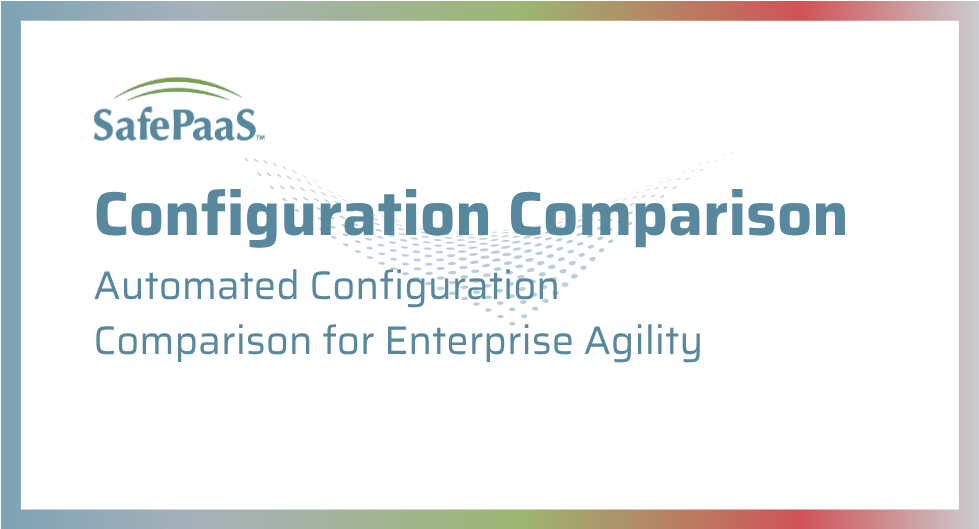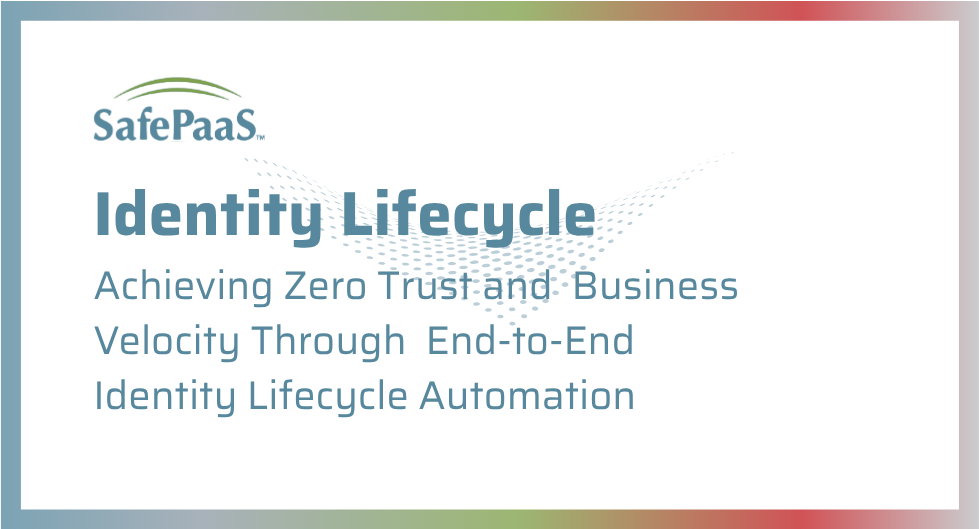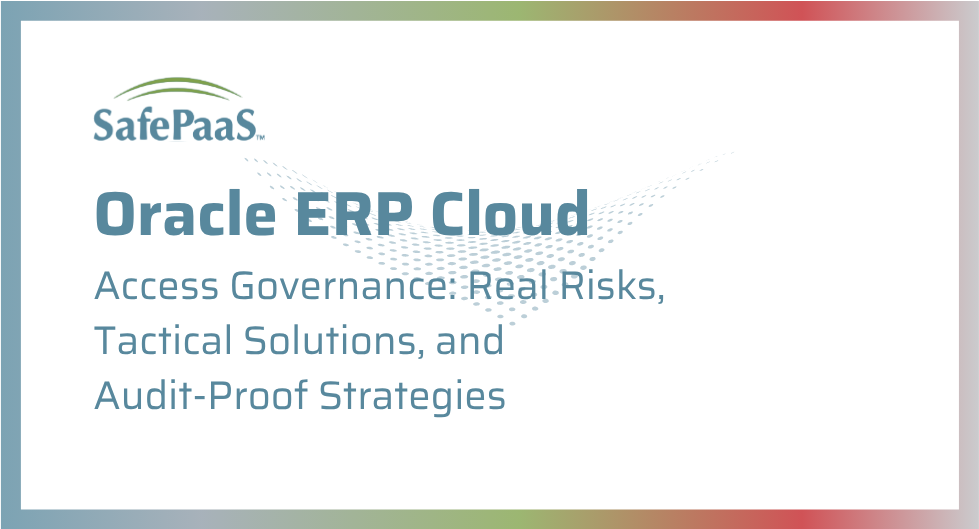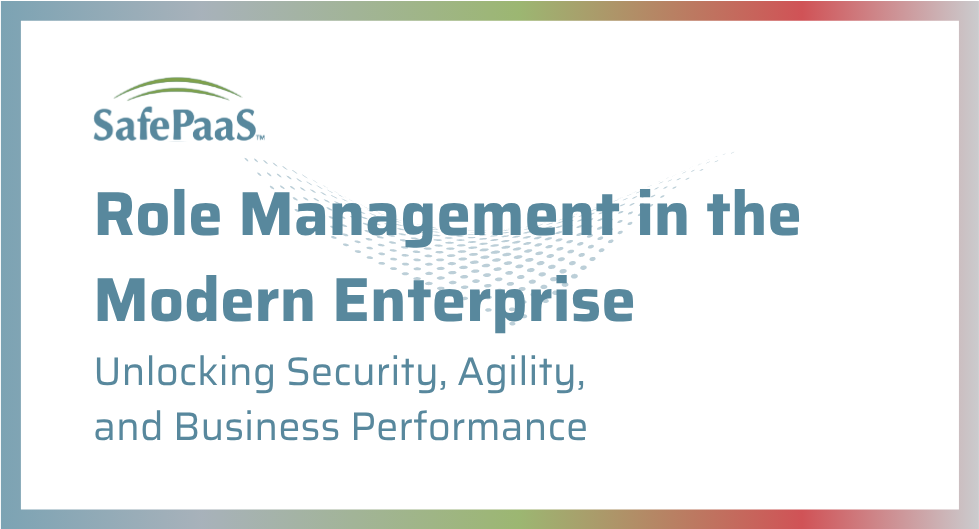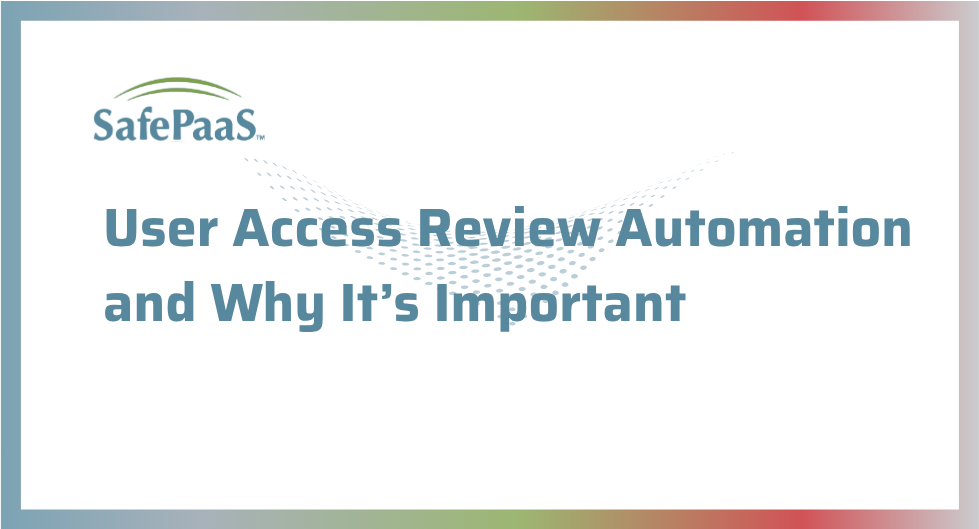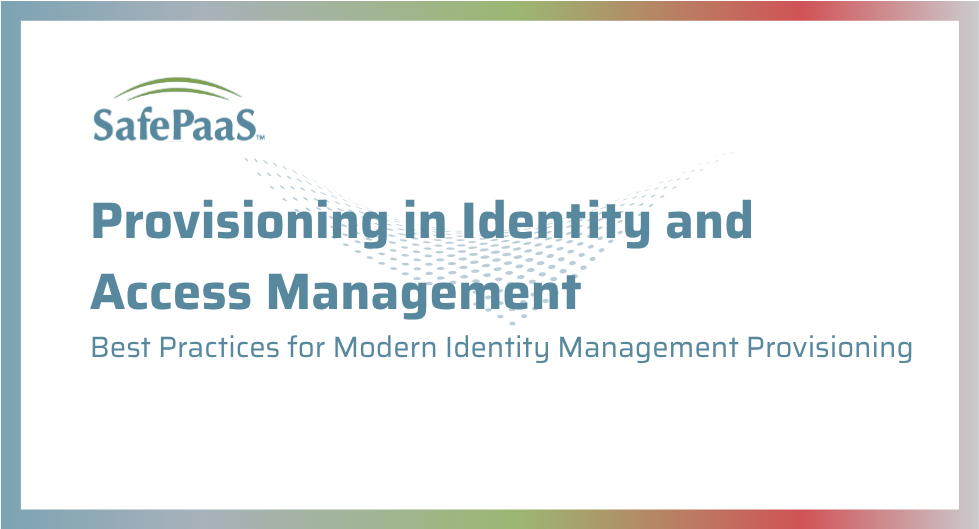The race to secure digital identities has never been fiercer. In 2025, 80% of cyberattacks leverage stolen credentials or identity-based attack methods, making the management of access and entitlements the top cybersecurity priority for enterprises worldwide. IT and security teams now shoulder the responsibility for thousands of identities, including employees, contractors, bots, and service accounts, all accessing an ever-evolving mix of SaaS platforms and hybrid infrastructure, ranging from remote offices to cloud-native workflows.
Many organizations rely on IAM platforms like Okta or Azure AD to automate user provisioning and authentication, granting or revoking access as roles change. While efficient for connecting users to business applications and managing passwords, these solutions fall short in a threat landscape defined by insider risks, privilege misuse, regulatory complexity, and sprawling entitlements. Simple provisioning alone cannot prevent breaches caused by over-privileged accounts, incomplete deprovisioning, or a lack of granular oversight. A single misstep—such as failing to revoke a departed finance director’s access—can still lead to devastating breaches, lost revenue, and regulatory penalties averaging $4.45 million per incident. Recent audits and headlines continue to expose gaps left by manual processes or limited IAM implementations.
To keep pace with digital complexity and the relentless pressure of regulations, enterprises must move beyond basic provisioning. Policy-based Identity and Access Management (IAM) is rapidly becoming the new foundation for security and compliance. With centralized policy orchestration, automated risk analytics, and dynamic governance across all identity types—including privileged, non-human, and third-party accounts—policy-based IAM transforms identity from a liability into a strategic asset. Intelligent access policies, continuous monitoring, and automated approvals ensure every user, device, and app is protected, no matter where business moves next.
As the stakes rise for cybersecurity and regulatory outcomes, piecemeal IAM is no longer enough. Policy-based IAM enables organizations to protect collaboration and innovation while keeping threats—and compliance risks—firmly under control.
Key Challenges Enterprises Face Without Policy-based IAM
As organizations scale, manually managing identities or relying on traditional IAM technologies creates significant vulnerabilities and inefficiencies. Without a strong IAM framework, gaps in provisioning and oversight open the door for costly errors and misuse. The consequences include data breaches, audit failures, and operational slowdowns—especially for enterprises with large volumes of identities and sensitive information.
- Insider Threats and Data Breaches: One audit can reveal dozens of former employees who retained access to critical ERP and financial dashboards because manual deprovisioning was overlooked.
- Entitlement Creep: As employees shift roles or join projects, identities accumulate unnecessary permissions—creating major risk if credentials are compromised.
- Compliance Nightmares: Regulations like SOX, GDPR, and HIPAA require detailed access records and identity-based data restrictions. Manual IAM makes it challenging to provide timely and accurate evidence during audits.
- Operational Bottlenecks: New hires may wait days for access to their applications, while contractors sometimes receive overly broad permissions due to errors in manual processes.
Core Benefits of Implementing a PBAC Identity Management Platform
Deploying a modern PBAC IAM platform transforms enterprise access management, governance, and productivity. Leading solutions centralize control, automate critical processes, and simplify regulatory compliance—even in the most demanding sectors.
- Centralized Identity Management: Manage all identities, groups, and roles in one dashboard, integrating HR, IT, and project systems for maximum oversight.
- Automation: Provisioning new employees—such as onboarding staff for a new project—becomes standardized, eliminating manual errors and missed permissions.
- Streamlined Experience: Single sign-on (SSO) reduces password fatigue and decreases IT support tickets.
- Compliance Readiness: Platforms log every access change and generate audit trails that align with regulatory requirements.
- Scalability: Cloud-based IAM systems can support tens of thousands of identities, making them ideal for fast-growing or global enterprises.
Provisioning in Identity and Access Management
Provisioning powers secure, efficient identity management for modern organizations. Gone are the days of manual onboarding and offboarding delays—automated provisioning ensures access is delivered precisely when and where it’s needed.
- Onboarding: HRMS integrations enable instant detection of new hires, triggering automatic access to relevant SaaS apps and files.
- Role Change: When employees transfer, IAM automatically reassigns access. For example, if a developer moves to QA, their production privileges are removed and test environment rights are enabled.
- Automated SoD Checks: Before access is granted or roles reassigned, policy-based IAM solutions run automated Segregation of Duties (SoD) validations. These checks identify conflicts where users might receive incompatible privileges, helping to prevent fraud and regulatory violations before they can occur.
- Deprovisioning: Immediate removal of access for departing users virtually eliminates “ghost accounts.”
- Efficiency Gains: Automated provisioning processes, coupled with embedded SoD controls, manage hundreds of changes weekly, freeing IT resources for higher-value initiatives while maintaining compliance.
Automated provisioning, combined with SoD enforcement, transforms identity management into a proactive and risk-reducing foundation for secure business operations.
Why PBAC IAM Is Critical for Enterprises
Remote work, SaaS growth, and global collaboration demand more robust identity management. IAM is not just technical infrastructure—it’s an investment that enables productivity while defending against today’s most sophisticated threats.
- Remote Work and SaaS Growth: IAM supports secure, seamless access across devices, locations, and contract types.
- Defense Against Credential Attacks: Adaptive authentication features—such as behavior analytics and anomaly detection—block suspicious logins in real-time and prevent breaches.
- Zero Trust Enforcement: PBAC IAM continually validates users and enforces least privilege, ensuring that even authenticated users can access only what their role justifies.
Key Capabilities to Look For in an Identity Management System
Choosing the right IAM platform means prioritizing capabilities that deliver security, compliance, and operational excellence.
- Automated Provisioning: Integrated workflows with HR and business systems reduce onboarding delays and eliminate manual errors.
- Policy-Based Access Control (PBAC): Contextual rules allow real-time privilege adaptation based on time, location, and device posture.
- Pre-Access Policy Enforcement: Automated controls proactively eliminate policy violations and Segregation of Duties conflicts before access is granted, reducing risk and ensuring only compliant privileges are activated.
- Advanced Authentication: Multi-factor authentication and risk-based access reinforce defense for sensitive data and high-value assets.
- Monitoring/Audit Dashboards: Real-time and historical views support compliance reporting and proactive risk management.
- Integration: Compatibility with on-prem, cloud, and hybrid environments, supporting all applications.
- User Self-Service: Password resets, access requests, and approval tracking enable users to manage their own tasks, reducing IT workload.
Best Practices for Successful IAM Implementation
Success in IAM requires strategic planning, collaboration, and continuous refinement. The following best practices support strong outcomes:
- Assess Existing Processes: Map users, apps, and cross-system workflows to identify opportunities for risk reduction and automation.
- Align with Stakeholders: Involve business units, compliance, and IT leaders to create policies that reflect real-world needs.
- Automate and Monitor: Routine automated provisioning, access reviews, and anomaly detection ensure a resilient identity program.
- User Training: Enable staff with ongoing education about phishing, password hygiene, and responsible access practices.
- Continuous Improvement: Periodically review and adapt entitlements and policies to evolving regulations and business needs.
Identity and Access Management isn’t just a technology upgrade—it’s the strategic backbone of enterprise risk reduction, operational efficiency, and digital agility. High-performing organizations automate every phase of the identity lifecycle, integrate IAM with HR and cloud systems, enforce granular access policies, and maintain bulletproof audit trails. The result: breaches and compliance failures become rare exceptions, rather than routine threats.
In today’s hybrid work, cloud-first world, those relying on legacy processes risk falling behind—not to mention hefty fines and operational setbacks. The competitive edge lies in adopting a modern, fully automated identity management system built for today’s demands and tomorrow’s unknowns.
Take action now: Transform identity risk into business advantage. Evaluate, deploy, and optimize a PBAC IAM platform that automates, secures, and future-proofs every aspect of your enterprise—before the next audit or breach forces the issue.


